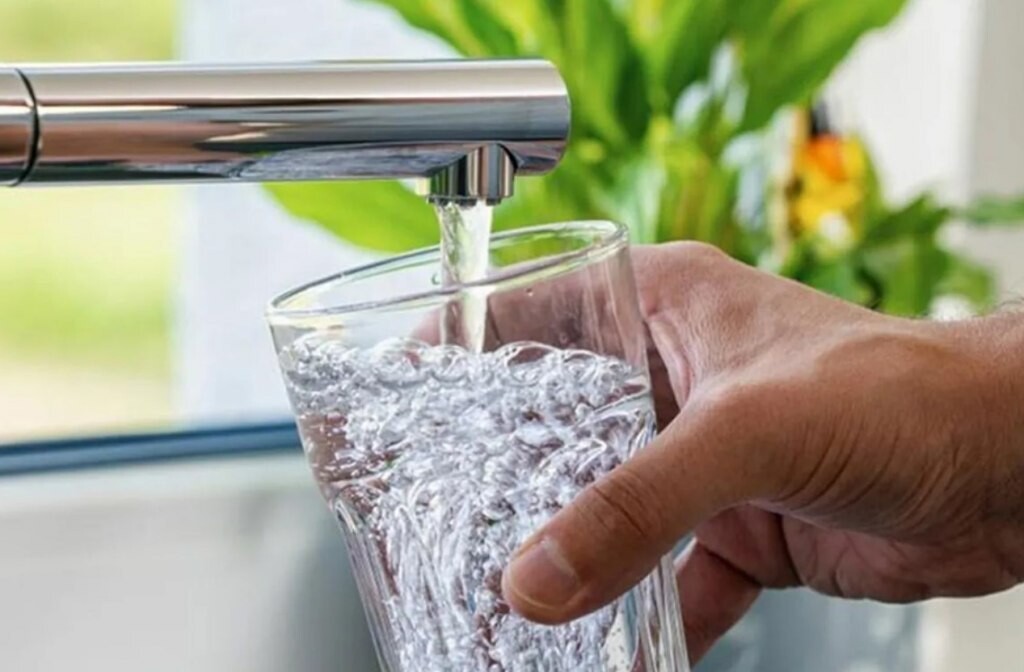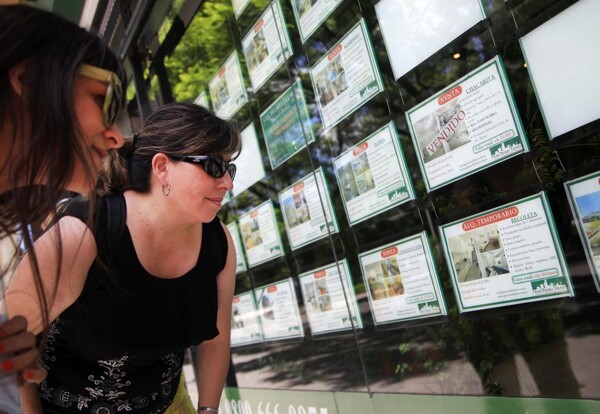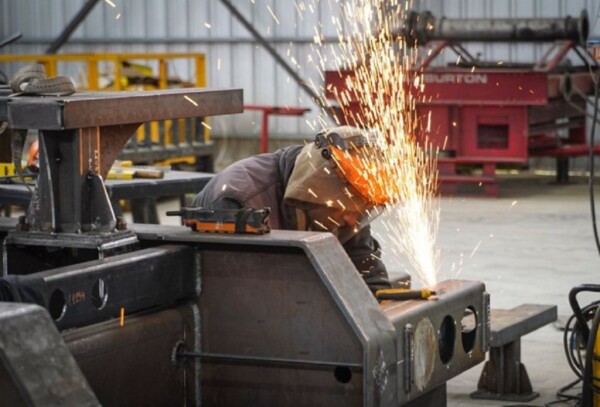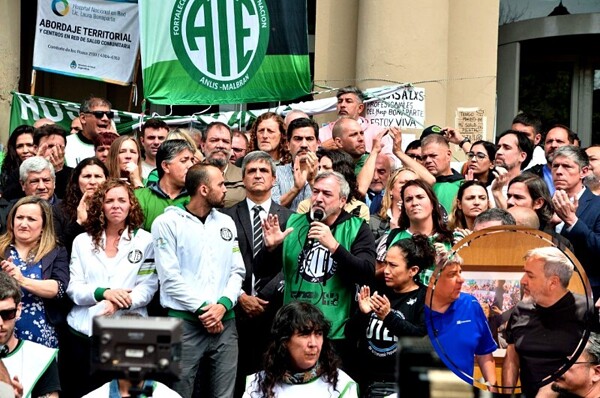
Starting in November, water and sewage rates in the Metropolitan Area of Buenos Aires (AMBA) will increase by 4%, according to what has been established by Agua y Saneamientos Argentinos (AySA), which provides services to the Autonomous City of Buenos Aires (CABA) and 26 municipalities in the Buenos Aires metropolitan area. This increase adds to the 5% rise already implemented in October.
The social rate program will remain for those who cannot afford the full bill payment. In areas considered high income, which encompass 20% of the total water and sewage users, the monthly rate would average $25,238 pesos, reflecting a 31% increase since the implementation of the new calculation in April.
For middle-income areas (37% of the total), an average of $22,920 is estimated to be paid, while for low-income areas (44% of the total), the average amount will rise to $18,417. Thus, the average monthly cost for these services will be around 21,410 pesos next month.
In the most recent report from the UBA-Conicet Tariff and Subsidies Observatory, it details that in September the average bill for water and sewage services in the AMBA, including taxes, was 25,798 pesos. In the first ten months of the year, this rate experienced a 289% increase, greater than that of electricity but lower than that of public transport and natural gas.
The subsidies allocated to AySA in the first nine months of the year have been $29,358 million, reflecting a significant decrease of 58% in real terms compared to the same period last year. This reduction surpasses that of subsidies granted to energy and transport in the same period.
The formula used to calculate monthly rate increases considers various indices, such as wages, wholesale prices, and consumer prices. Although the segment of residential users and vacant lots in low-income areas continues to receive a 15% subsidy, prices vary by area and do not include taxes in the reported values.














